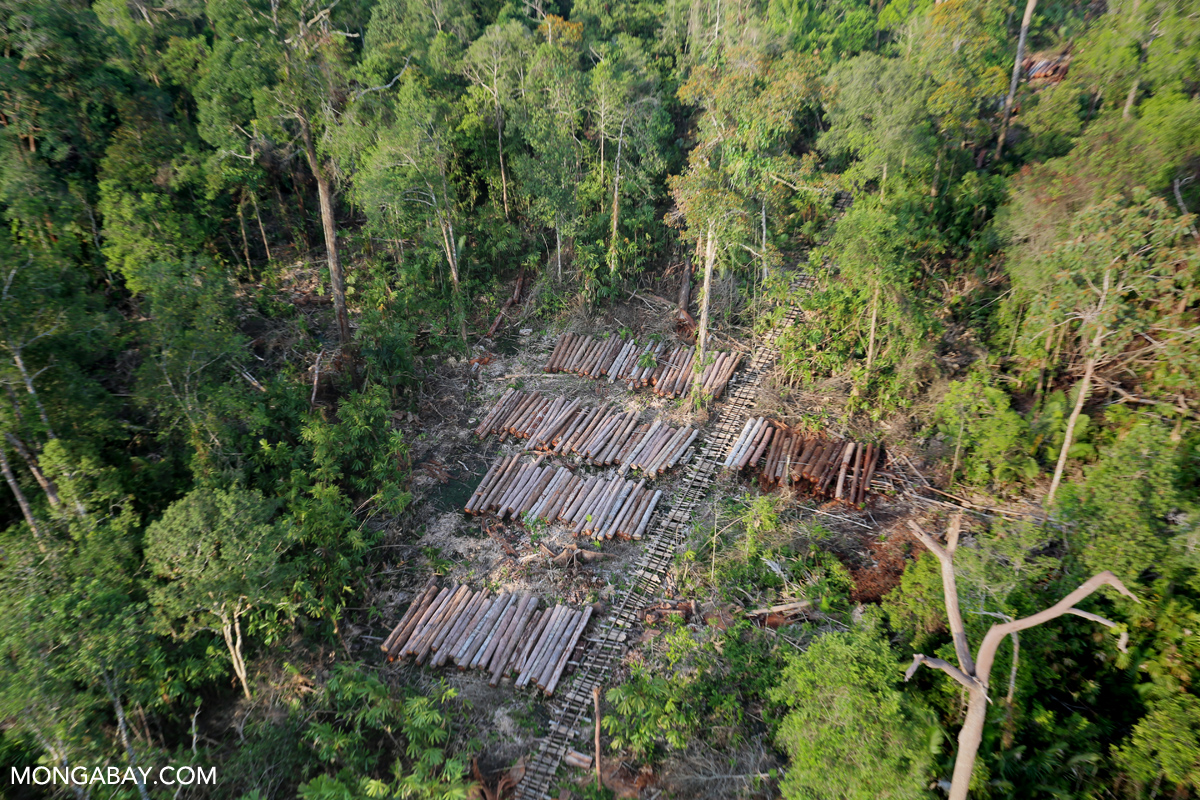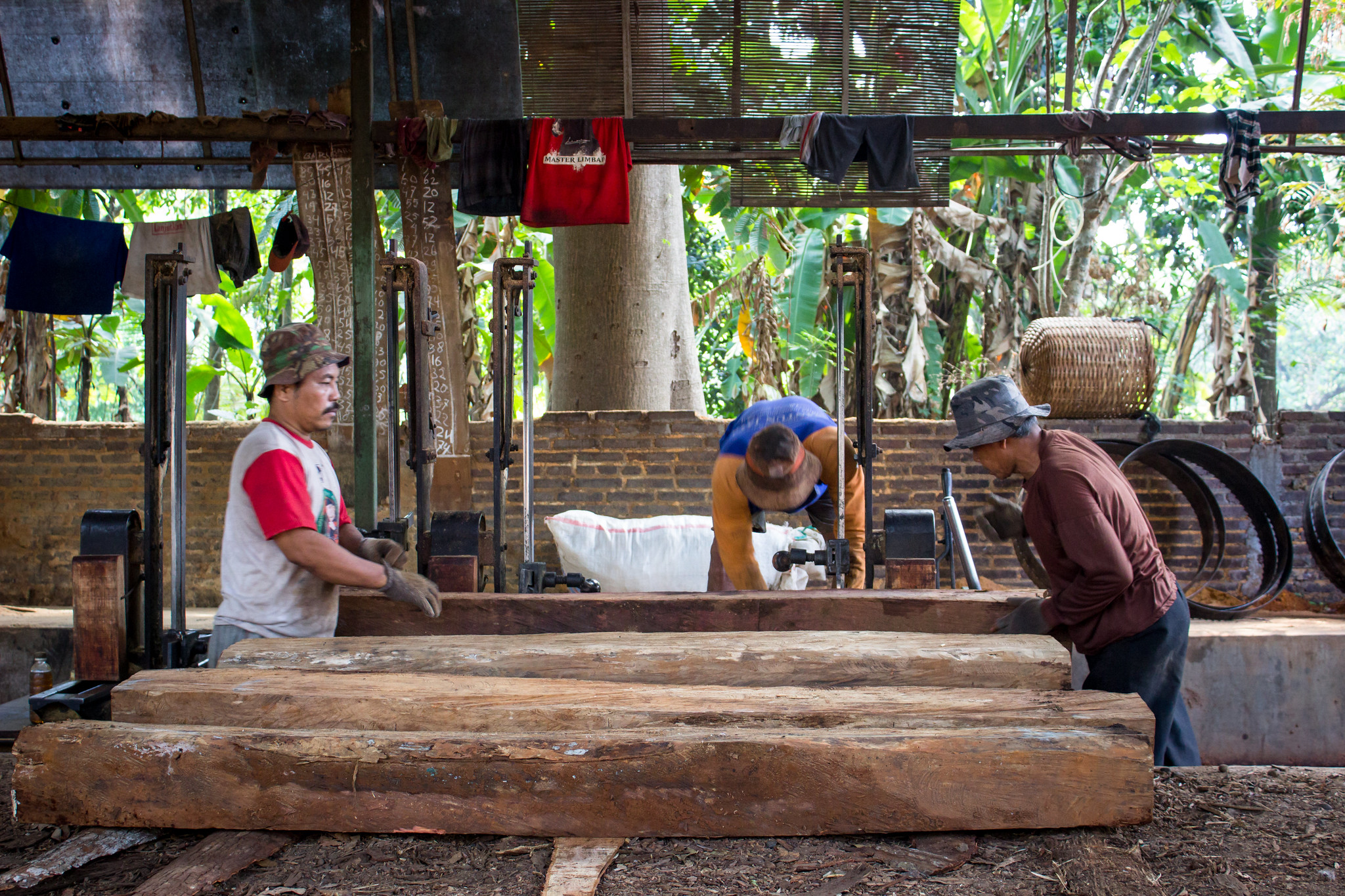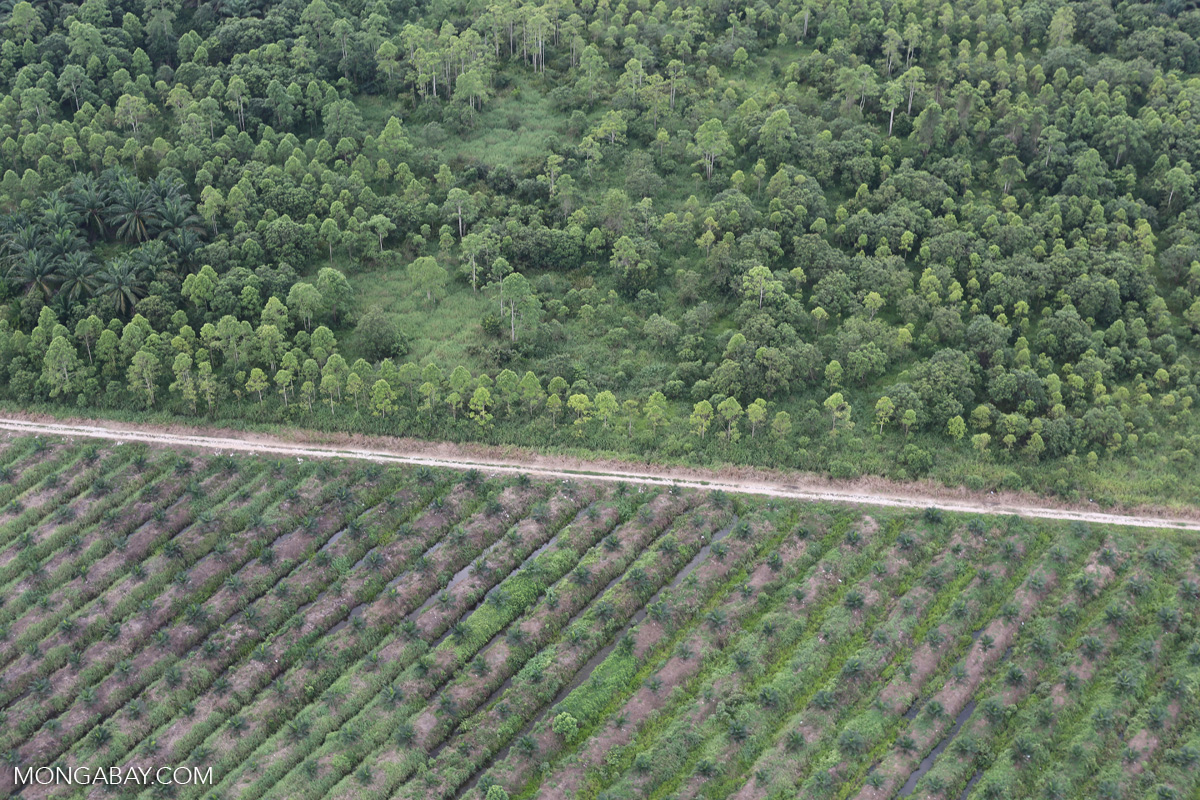Amid a furniture boom, timber certification is just a start, say experts
Dec 2, 2021
- For furniture consumers and manufacturers alike, ensuring timber is both legal and sustainable is tricky in Southeast Asia, where supply chains are blighted by illegal logging, poor forest management and scant law enforcement.
- In an effort to improve timber sustainability in the region’s furniture supply chains, the Programme for the Endorsement of Forest Certification (PEFC) and the ASEAN Furniture Industries Council (AFIC) recent launched a four-year collaboration to promote timber certification.
- While the collaboration is a positive step, experts say even more needs to be done to prevent illegally sourced timber from entering the region’s domestic supply chains and local markets that largely operate informally and under less scrutiny than export markets.
- Experts also point out that timber certification is not a guarantee of deforestation-free products, and call on companies to publicly commit to deforestation-free supply chains and transparent reporting.
Widespread lockdowns and working from home to combat the COVID-19 pandemic have led to booming demand for home furnishings. As furniture manufacturers scramble to keep up with the rush on desks, chairs and sofas, industry bodies are emphasizing the need for legal and sustainable timber to satisfy international trade regulations and environmentally conscious consumers.
In a recent move to mainstream ethically sourced furniture in Southeast Asia, where illegal logging, poor forest management and scant law enforcement blight the timber trade, the Programme for the Endorsement of Forest Certification (PEFC) teamed up with the ASEAN Furniture Industries Council (AFIC), a trade organization that represents the furniture industry across the 10 member states of the Association of Southeast Asian Nations. Over the next four years, they aim to improve sustainability throughout the region’s furniture supply chain by boosting consumer and manufacturer demand for certified timber.
“We need to ensure that all actors in and around the furniture supply chain, including supply chain companies, retailers, interior architects and designers, and consumers, understand the importance of sustainable forest management and certified wood,” Huong Thai Maggi, market engagement officer at PEFC, who commented on behalf of the collaboration, told Mongabay in an email.
PEFC has certified more than 3.3 million square kilometers (1.27 million square miles) of forest around the world, the largest area of any certification body. According to Huong, PEFC has achieved this through a “unique bottom-up approach” that endorses national certification systems within the legal, administrative and sociocultural contexts of each country, while also meeting internationally accepted requirements. The localized approach is one of the main factors behind the AFIC-PEFC collaboration.
While the collaboration to boost timber certification in the furniture sector is a positive step, according to experts, more needs to be done to prevent illegally sourced timber from entering Southeast Asia’s timber supply chains. In particular, more focus is required on domestic furniture operations, which are largely informal and far less regulated than export markets.

A focus on the domestic supply chain
PEFC timber certification comes in two forms: sustainable forest management certification demonstrates that timber is being produced in line with a set of environmental, social and economic requirements; while chain-of-custody certification involves independent auditing of supply chains to demonstrate that companies are sourcing their timber diligently and complying with labor, financial and environmental standards.
Phuc Xuan To, a senior policy analyst at Forest Trends, a Washington, D.C.-based nonprofit focused on sustainable forestry, said uptake of timber certification is much higher in furniture companies exporting products to regulated markets in Europe or the U.S. than in those serving local demand.
According to Phuc, most AFIC members are export-oriented, and therefore likely to be familiar with timber sustainability and certification. If the AFIC-PEFC collaboration wants to have a major impact, it must address shortcomings in local markets, he said.
“Domestic customers [in Southeast Asia] do not care much about even legality, let alone sustainability in timber yet,” Phuc told Mongabay, adding that “generally weak” law enforcement in the region facilitates illegalities in local timber supply chains. Smallholders and small furniture companies operating informally in domestic markets simply feel no pressure to meet certification standards. As a consequence, these local markets continue to prop up forest clearing and illegal trade.
Phuc said that AFIC and PEFC could generate demand for sustainable and legal timber in local markets by sending a clear and consistent message to furniture consumers, something that governmental and private sector campaigns in the region have so far failed to achieve.
PEFC’s Huong said outreach is at the core of the AFIC-PEFC partnership. By driving demand for sustainable timber from buyers and furniture companies, they aim to incentivize forest owners to manage their forests sustainably and to obtain certification.
“The heightened awareness of environmental issues … is creating new business opportunities for companies producing furniture that demonstrably helps safeguard our forests,” she said. “Many companies want to safeguard forests because it makes good business sense: They rely on the wood for products and know that managing forests sustainably simply is the right thing to do.”

But achieving certification involves administrative procedures and resource-heavy costs that could prove prohibitive to smaller companies, timber suppliers and independent forest owners living in extreme poverty.
Huong said that while forest certification is not designed specifically to alleviate poverty, it does contribute to increasing financial returns on sustainably managed forests, presenting better opportunities for smallholders and forest-owning families. “Forest certification also requires that wages of all workers meet or exceed at least legal, minimum standards, and — if such wages are below the living wage of a country — that a living wage level is attained over time,” she said.
Further downstream in the supply chain, Huong said PEFC and AFIC plan to help small companies achieve certification standards by promoting “producer groups,” whereby multiple small businesses can function under joint certification. In this way, sawmills, furniture manufacturers and retailers can cut down on costly procedures, such as third-party chain-of-custody audits.
According to Phuc, large export companies should have to bear at least part of the cost of elevating the sustainability standards of local markets to which they are inextricably linked. He cites recent investigations by the Office of the U.S. Trade Representative into illegally imported tropical timber from Africa and Cambodia entering the domestic supply chain in Vietnam. These allegations posed threats of steep tariffs on Vietnamese timber exports to the U.S., a trade worth more than $7 billion annually.
With such domestic issues potentially jeopardizing the lucrative export trade, Phuc said it’s vital that local actors are supported in complying with legal and sustainability standards. Action along the whole supply chain and by governments will be necessary for this to happen, he said. “Perhaps providing the opportunity for the small [companies] to be part of the big [companies’] supply chain could be an option.”

Certification doesn’t guarantee zero deforestation
Emma Thomson is corporate performance manager at Global Canopy’s Forest 500, an initiative that ranks the world’s most influential companies behind deforestation. She said that while it’s good to see AFIC taking steps to address sustainability issues, relying on certification alone is not enough to eliminate deforestation, nor the associated human rights abuses in supply chains.
“For timber, certification schemes such as PEFC are a useful tool that provide some additional assurance around how the timber has been produced,” Thomson told Mongabay in an email, “but the PEFC scheme does not guarantee that timber is deforestation-free as it permits conversion of forests in some circumstances.”
While possession of a chain-of-custody certificate can show that a company is being diligent about its supply chain, it is not an absolute guarantee that wood can be directly traced back to a sustainably managed source forest.
To address deforestation, Thomson said, companies should publicly commit to deforestation-free supply chains, third-party verification, and transparent reporting on their progress toward deforestation-free product goals.
Banner image: A woman sands furniture at a workshop in Jepara, Indonesia. Image by Deanna Ramsay for CIFOR via Creative Commons (CC BY-NC-NC 2.0)
FEEDBACK: Use this form to send a message to the author of this post. If you want to post a public comment, you can do that at the bottom of the page.